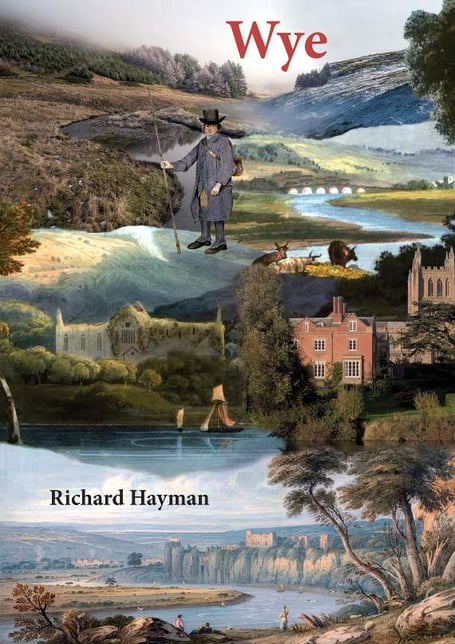The River Wye has long been celebrated as one of Britain’s most beautiful rivers, especially the lower section between Ross-on-Wye and Chepstow. But the Wye is one of Britain’s longest rivers, with its source in the Cambrian Mountains of mid Wales, and it has a rich heritage that remains under-appreciated.
Its natural beauty has long been part of the river’s heritage. In the 18th century the Wye became one of Britain’s first tourist destinations; Chepstow and Goodrich castles and especially Tintern Abbey were inseparable from the pleasures of river scenery.
Over two centuries later the Wye is still for most people primarily a river of leisure and pleasure. Canoes and pleasure cruisers have replaced the old river barges, riverbank walkers now follow the paths of bow haulers, and there are riverside parks instead of timber yards and wharves.
The Wye was one of the first rivers along which there was a recognised long-distance footpath, and the Wales Coast Path begins in Chepstow below the bridge, a reminder that the Wye is an estuarine river that defines the south-east limit of the Welsh coast.
Many aspects of the river’s history have been forgotten, however, and this book makes an effort to recover and value them. The river has been an active player in events that have shaped the history of the region.
It has been a mode of transport, carrying vessels down with the current and upriver with the tide, and once turned the waterwheels of industry.
It was also the source of a once abundant supply of delicious and nutritious food, something that allowed early Christian hermits to settle beside it. Many of the chapels they founded became parish churches and are still open for worship.
Crossing the river has tested human ingenuity and inspired works of engineering, some of which like the old Chepstow road bridge and Chepstow railway bridge are landmarks in engineering history.
Having both a Welsh and an English heritage, the Wye has a special unifying role in British culture, as well as exhibiting some of the classic features of a border. The river has been a psychological barrier separating cultures by language, religion and politics, and a physical barrier separating hostile rivals. By tradition the Wye was the last refuge of Vortigern and of Owain Glyndwr, and down the river floated timber for building the ships that took on the French at Trafalgar. The landscape of the Wye valley is part of our national story.
Richard Hayman is an historian and archaeologist, author of several books on the history of Britain and the British landscape. Wye is a companion to his earlier book Severn (2012), also published by Logaston Press.





Comments
This article has no comments yet. Be the first to leave a comment.